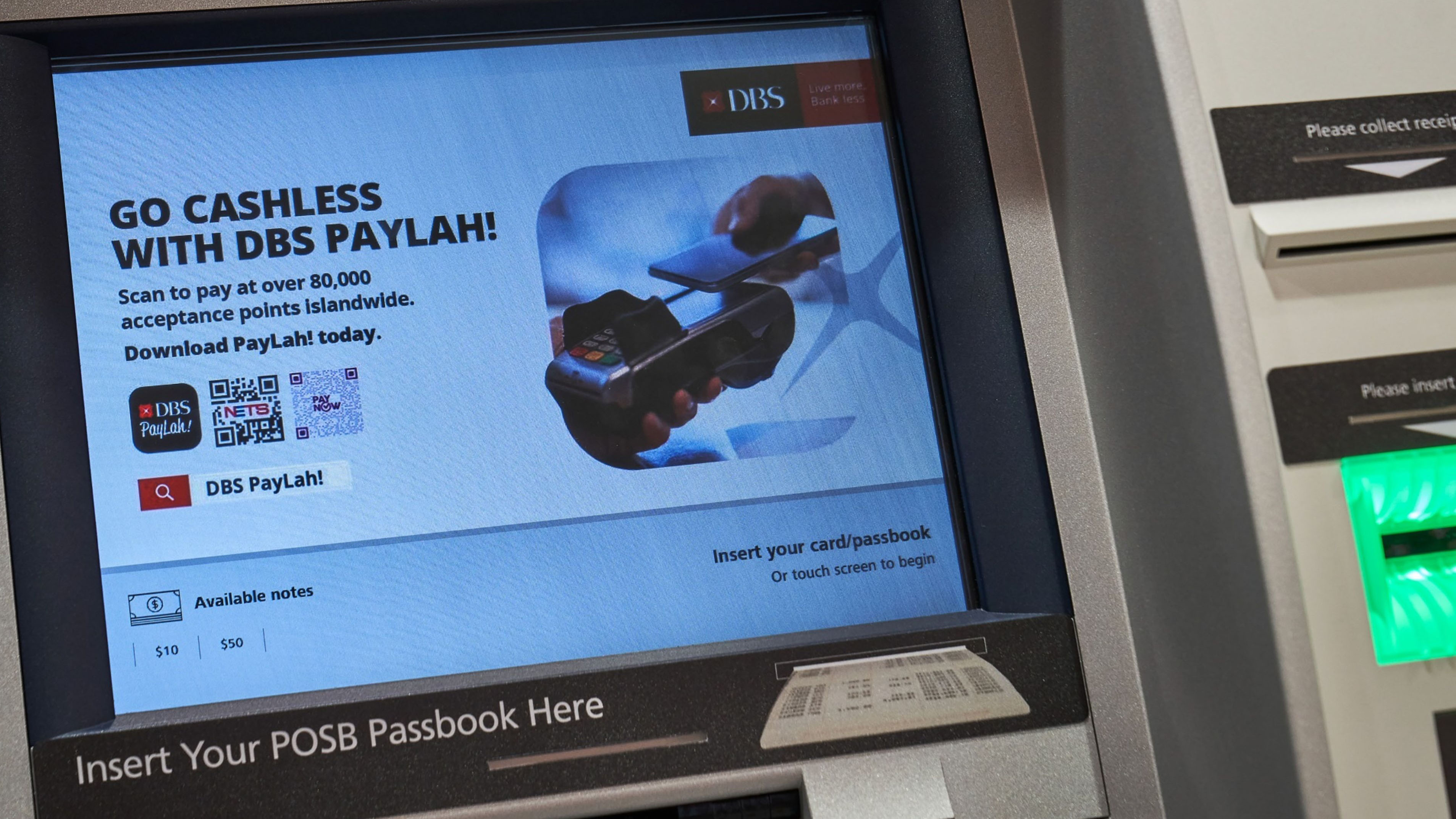E-commerce strategies boom as banks look to diversify

As low rates squeeze margins, lenders are leveraging tech to expand into a range of non-core digital services.
Despite rising inflation as countries around the world reopen following Covid-19, the continued fragility of the global economy will likely see interest rates remain at ultra-low levels for the foreseeable future as central banks seek to shore up the recovery.
A low-rate environment, however, remains a problem for banks’ bottom lines. The average bank earns about 80% of its revenue from interest income, making them hugely reliant on net interest margins — the spread between the rate they lend at and the rate they pay on deposits made — which have been compressed by a decade of ultra-low rates.
This shortfall has pushed some banks to expand into new sectors and offer services that fall outside the traditional banking remit, according to a report by analytics company GlobalData.
“The past few years have seen more innovative institutions make better use of data and technology to personalise their services and integrate marketplaces into their offerings,” says Mohammed Hasan, an analyst at GlobalData. “It has enabled them to generate new streams of revenue that are not dependent on interest rates.”
The onset of the Covid-19 pandemic has accelerated this trend as banks seek to cut costs, reduce branch networks and streamline digital operating models. “A digital-first approach provides more opportunity for banks to offer a variety of services and create more personalised products,” Mr Hasan says. “Technology has allowed banks to move into a lot of industry verticals, which they were previously unable to.”
This shift comes at a time when tech giants such as Facebook, Apple, Google and Amazon have been moving into financial services through product launches, investments and acquisitions. “In many ways it makes sense that some banks are doing the reverse,” Mr Hasan adds.
‘The Amazon of Russia’
Russia’s largest lender, Sberbank, has expanded aggressively into non-core businesses over the past few years, which range from cyber security to online cinema and food delivery.
Its operations now include e-grocer SberMarket and geolocation and mapping service 2GIS; it has even launched its own music-streaming service, SberZvuk. Last year, Sberbank reported $988m in non-financial services revenue — an increase of 170%. “They want to be the Amazon of Russia,” Mr Hasan says.
Technology has allowed banks to move into a lot of industry verticals, which they were previously unable to
In 2014, Singaporean lender DBS launched a lifestyle app, ‘PayLah!’, which allows customers to book taxis, order lunch and buy tickets to a show from a single interface. “The app provides a lot of insight into customers’ spending habits, deepening the relationship between the bank and an individual customer,” Mr Hasan notes.
The development of similar ‘super apps’ that integrate different verticals is now a focus at many financial services groups, Mr Hasan says. “The data they provide can help create a complete consumer profile allowing a company to target and advertise its services in a very efficient way,” he adds.
DBS is one of several banks that have moved into the auto marketplace space. In 2017, Bank of America launched a digital auto dealership to complement its auto-financing business. The site allows customers to search for used and new vehicles nationwide and then arrange financing online. Bank of America has reported a seven-fold jump in financing applications for auto loans since its launch.
Spain’s BBVA, meanwhile, launched Automik in 2019 for car dealers that want to incorporate auto financing into their online platforms. The service — which combines the choice of vehicle and the financing request in the same process — also puts BBVA in a position to develop its auto-loans business, according to GlobalData.
Online real estate offerings
Another growth area is digital real estate platforms. BBVA has also developed an end-to-end service which supports customers looking to purchase a home in Mexico and provides follow-up services. It mirrors Dutch bank ING’s acquisition of Makelaarsland, a digital real estate platform that allows consumers to buy and sell property while saving on broker and other fees related to moving house.
The platform offers ING considerable data on changes in consumer behaviour and the housing market, as well as the opportunity to place its mortgage services in front of the 250,000 visitors the platforms receive every month, the report states.
“Many innovative banks have a similar strategy,” Mr Hasan continues. “On platforms like Spotify or Netflix, the content that is pushed out is increasingly tailored to a customer’s profile. Banks have traditionally taken a market-based approach to their offerings but that it is changing. Over the next five years, this shift is going to have significant implications on which banks succeed and which banks get left by the wayside.”


